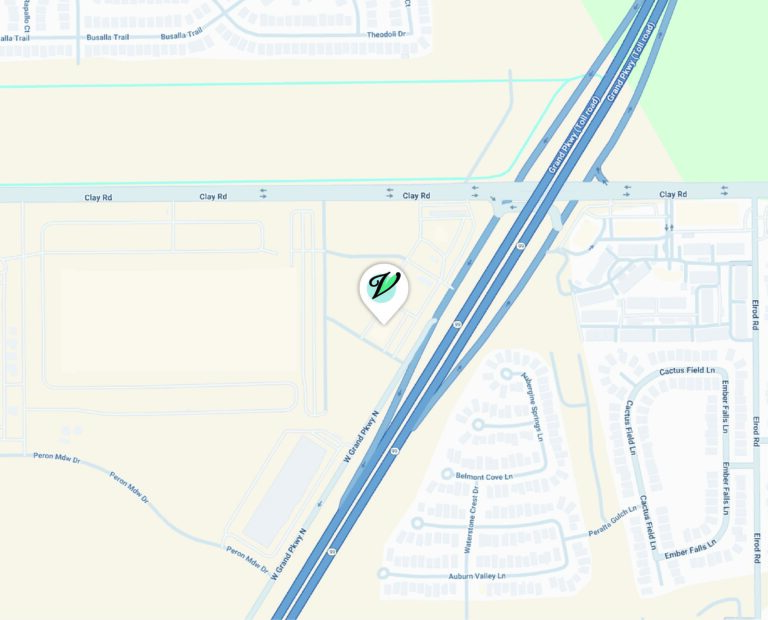Gum disease isn’t always curable, but it can be effectively managed, especially in its early stages. With proper treatment and good oral hygiene, you can stop its progression and maintain healthy gums long-term.
Gum Disease Treatment
-
Cost
The cost of a deep cleaning ranges from $0 to $360. Coverage varies by insurance, with some PPO plans covering up to 100% of the cost.
Office Fees -
Procedure Duration
Most gum disease treatment appointments last approximately an hour. Deep cleanings are commonly divided into two appointments.
Schedule an Appointment -
Comfort Measures
Thanks to local anesthesia, you won’t feel pain during the procedure—only some pressure. It’s normal to experience mild soreness afterward, which is easy to manage.
Contact Us
Comprehensive Gum Disease Treatment in Katy, TX
At Ventana Family Dental, we understand the serious risks that periodontal disease can pose, including tooth loss and bone damage if left untreated. Our experienced team offers advanced care for every stage of gum disease, from deep cleanings like scaling and root planing to antibiotic therapy, laser treatment and surgical options for more severe cases. We create personalized treatment plans focused on restoring gum health, preventing further damage and helping you maintain a healthy, confident smile through a combination of in-office procedures, home care guidance and ongoing maintenance.
01.
Process
Initial Examination: We begin with a thorough assessment of your gums and teeth to identify the stage of gum disease. This includes measuring gum pocket depth and taking X-rays to check for bone loss.
Scaling and Root Planing: This deep cleaning involves two key steps—scaling removes plaque and tartar from above and below the gumline, while root planing smooths the tooth roots to help gums reattach and prevent future buildup.
Local Anesthesia: To ensure your comfort, we numb the treatment area with local anesthesia so you won’t feel any pain during the procedure.
Antibacterial Treatment: After cleaning, we may apply antibacterial or antimicrobial solutions to the gum pockets to promote healing and help control infection.
02.
Next Steps
Daily Oral Hygiene: Maintain a consistent routine of brushing and flossing, and use any prescribed antimicrobial rinses as instructed to keep harmful bacteria in check.
Routine Dental Visits: Keep up with regular dental appointments to monitor your gum health and catch any early signs of gum disease before they progress.
Monitoring Symptoms: If you feel any discomfort or see signs of gum irritation coming back, reach out to us right away so we can assess the issue and provide timely care.
FAQ
-
Is gum disease curable?
-
How do I know if I have gum disease?
Signs of gum disease include red, swollen or bleeding gums; persistent bad breath; gum recession; and loose teeth. If you notice any of these symptoms, schedule a dental exam to get a proper diagnosis.
-
How do you prevent gum disease?
To prevent gum disease, brush and floss daily, use antimicrobial mouthwash if recommended, and visit your dentist regularly for cleanings and checkups. A healthy diet and avoiding tobacco also help protect your gums.
